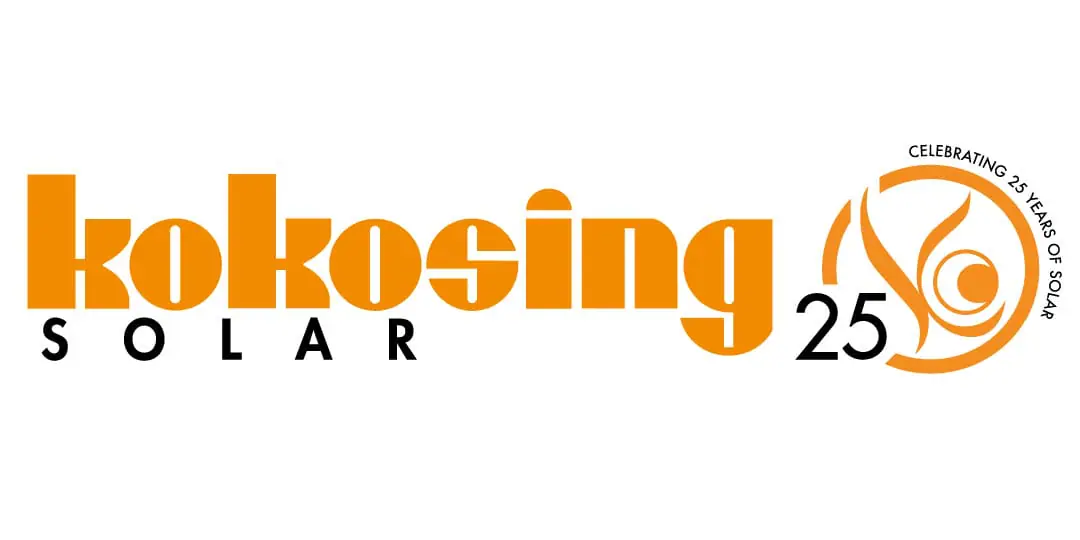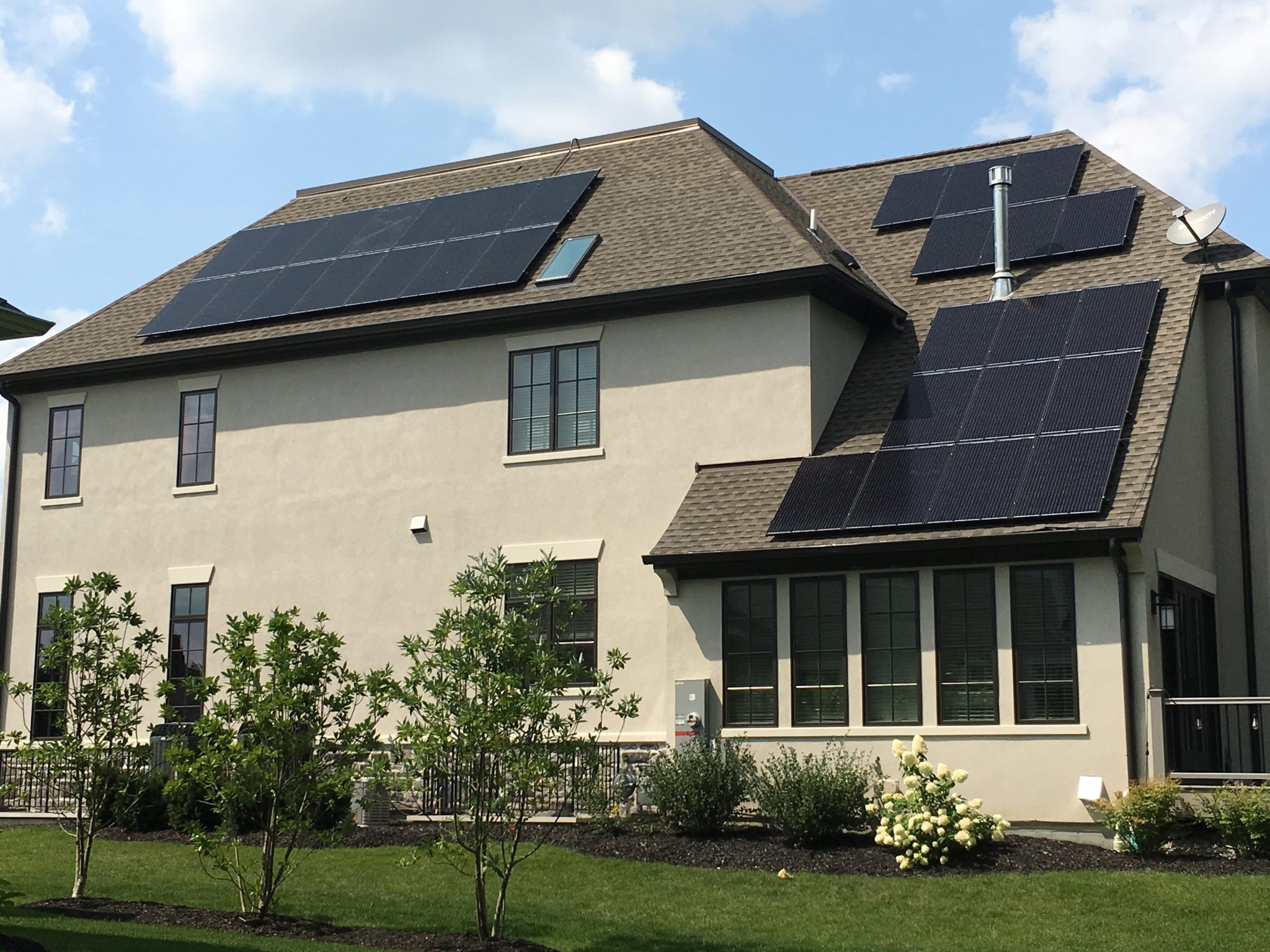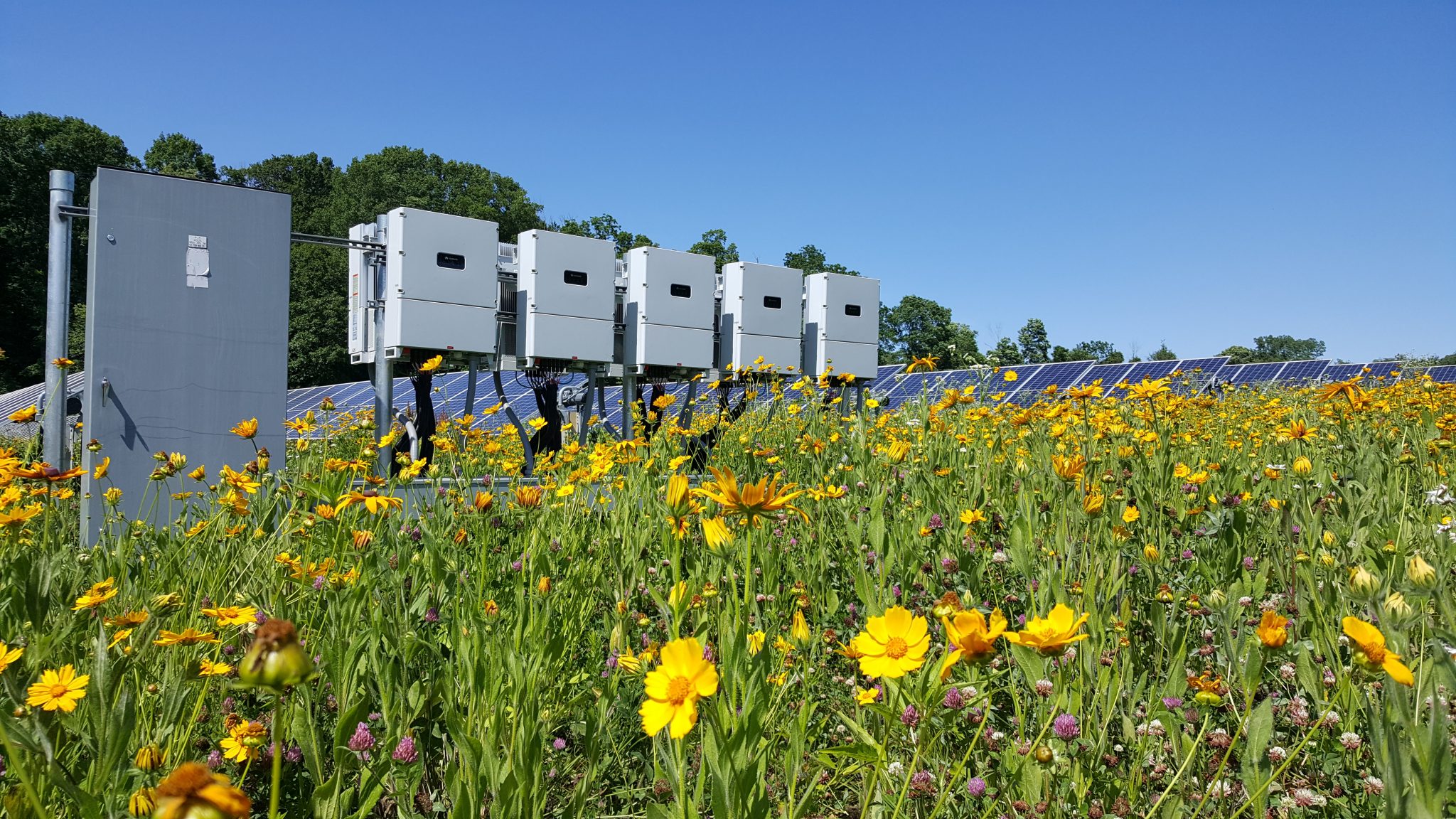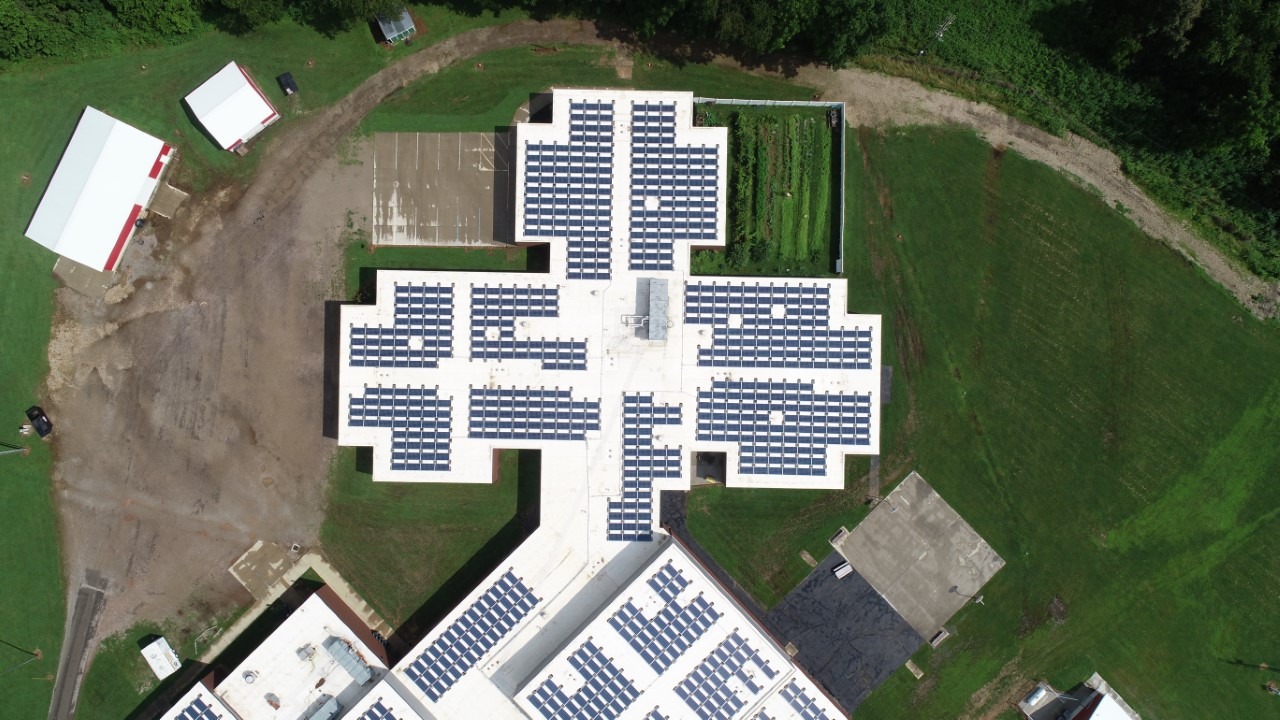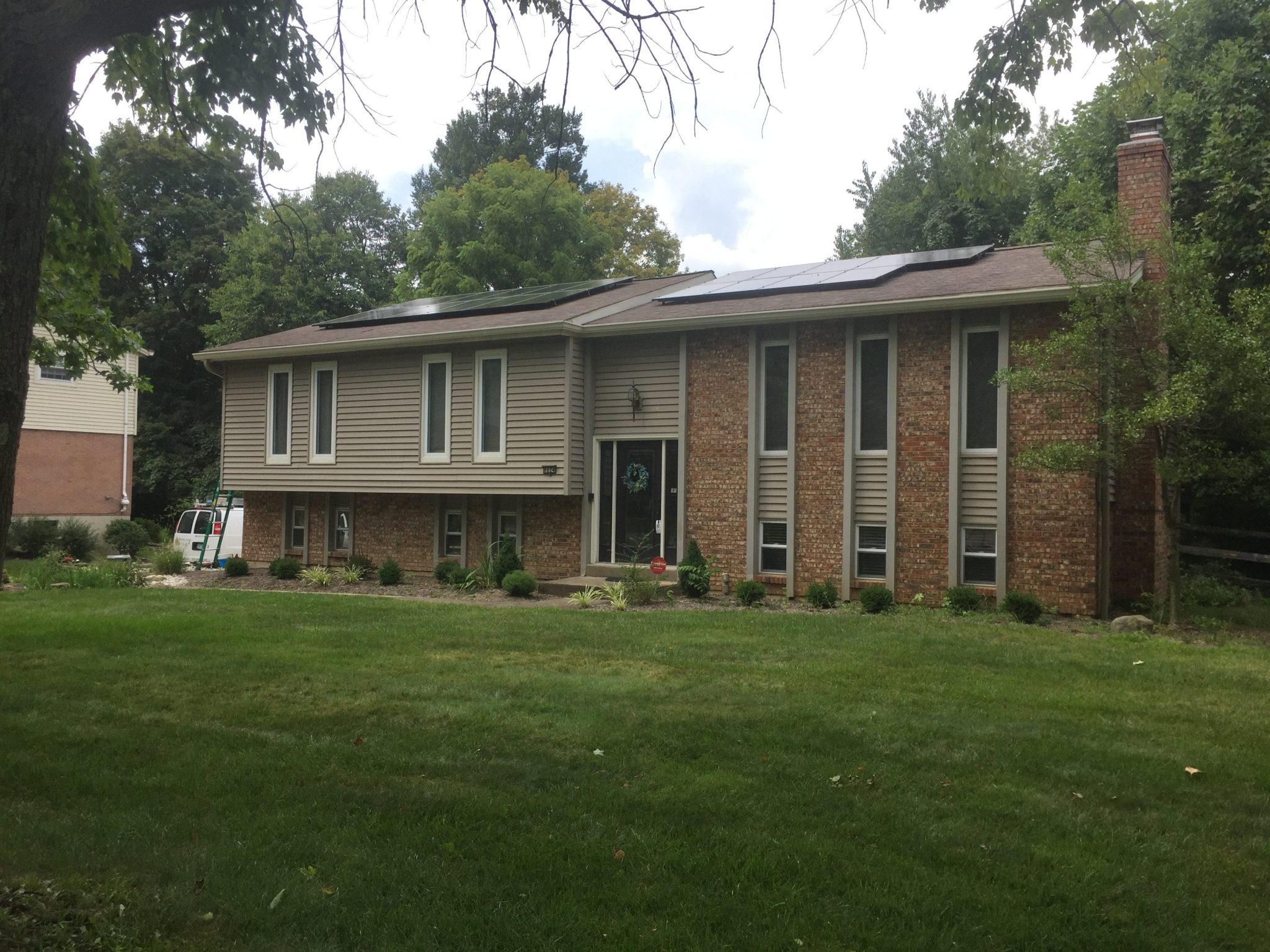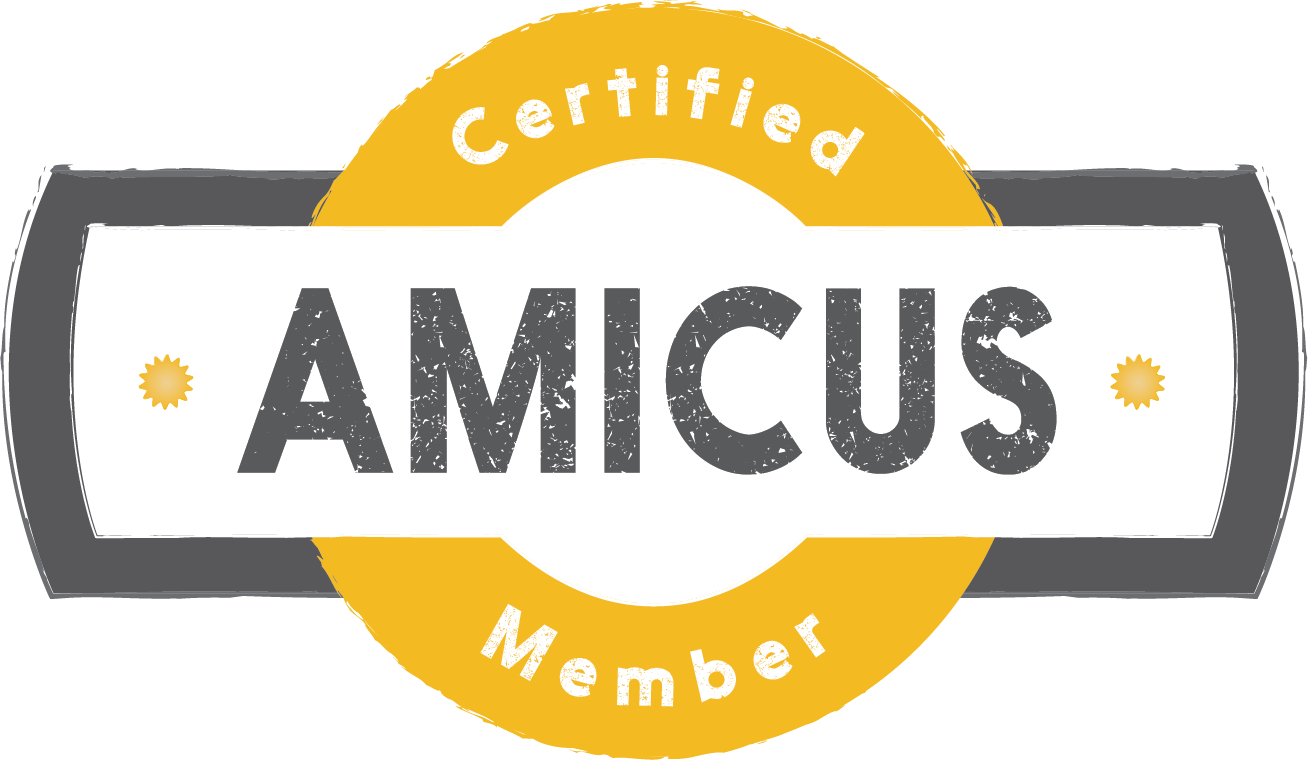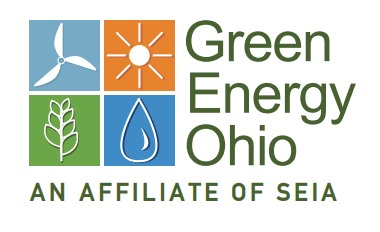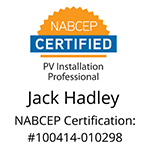Congratulations!
Maybe you bought or are thinking about buying a home with a solar energy system. We’re not surprised. With the growing popularity of solar, you may encounter solar on some of the houses you see.
So, what do you need to know when considering buying a house with solar? If the previous homeowner owns the solar array, they will be transferring all the benefits to you. These benefits come in the form of reduced electric bills and clean, renewable power. You may pay a little more for the home itself due to the increased home value that comes with solar. But, think about it this way: would you rather pay $200,000 for a home with electric bills that cost $300 per month or $225,000 for a home with electric bills $50 or less.
Solar Homebuyer Checklist
1. Get Educated About Solar
Because you didn’t purchase the solar yourself, you didn’t go through the solar buying process that would have educated you on the many facets of solar homeownership. Here are a few resources to get started:
- Net Metering in Ohio
- Does solar work in the winter?
- Does my solar system work during a blackout?
- What if I need to re-sell my new home in the future?
2. Learn About Your New Solar Array
How old is the solar system on your new home? What type of solar panels make up the solar array? How much is it worth? We recommend requesting the following documents from the company that installed the solar energy system to find answers to these important questions.
- The original quote or contract for your solar energy system including the scope of work, equipment, sale price, and warranty information.
- The built drawings of your solar energy system.
- Information about the specific equipment that makes up your solar system.
- With the help of the previous homeowner or your solar installer, learn how to log in to your online monitoring platform to track the performance of your solar array.
3. Set up Solar Renewable Energy Credits in Your Name
Solar Renewable Energy Certificates or SRECs (pronounced “ESS-rek”), are annual credits for the clean electricity produced by your solar PV system. They represent “the renewable energy attributes” associated with one megawatt-hour of electricity produced by your system each year (one megawatt-hour is equal to 1,000 kilowatt hours of solar).
A general rule of thumb in Ohio is 1kW of solar capacity will produce approximately 1 SREC per year. Therefore, a 5kW solar PV system will produce about 5 SRECs per year and a 10kW system will produce about 10 SRECs per year.
When you buy a home with a solar system, the SREC certification, registration and agreements are transferable to the new owner. To do this, the SREC broker who currently holds the account will need the contact information of the new property owners and associated closing documents showing the transfer of ownership.
There are different buyers, brokers and aggregators to choose from to sell your SRECs. Third Sun Solar suggests Knollwood Energy, or Sol Systems to our customers.
- Sol Systems Contact: [email protected]
- Knollwood Energy Contact: www.knollwoodenergy.com
4. Add your solar system to your homeowner’s insurance
Using the information you’ve collected, add your solar energy system to your homeowner’s insurance. This is a good way to protect the system in the case of damage.
5. Switch your interconnection agreement
Give your solar installer a call and ask them to switch the name on your interconnection agreement with the Public Utility Commission of Ohio (or your state’s Public Utility Commission).
Interested in more? We are always willing to help you with any questions you might have about your new solar array.

